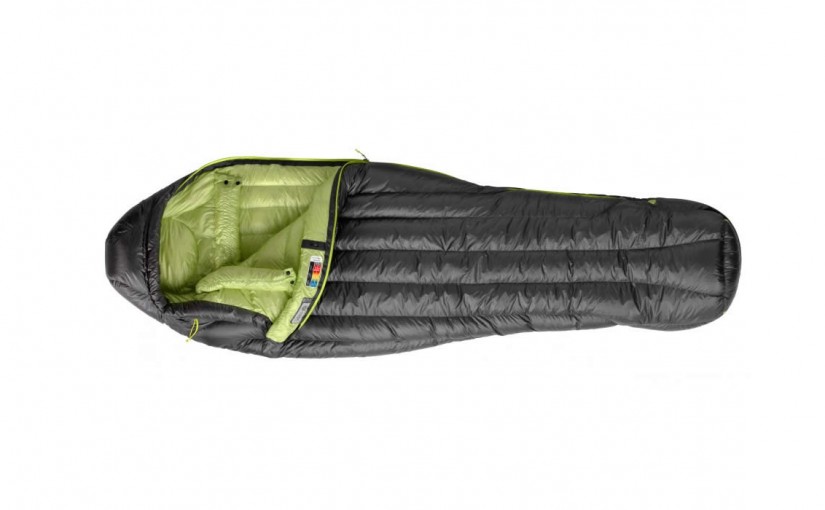Type of Use
Figuring out exactly what you will be using your sleeping bag for is an essential step to narrow down your choices. Read over these descriptions to help decide what you’ll be using it for.
Backpacking Bags
Backpacking bags cover all your needs for a comfortable night sleep while maintaining minimal weight. They are built specifically for backpacking conditions where you will be changing your base camp often.
Car / Base Camping Bags
Car and base camping bags are generally heavier because they are rectangular in shape and do not use the same technical lightweight materials found in backpacking bags. These are more designed for short trips and staying in a single camp for multiple nights.
Mountaineering Bags
Mountaineering bags are focused on harsh winter conditions. Stay warm inside these tight fitting, mummy style bags to ensure a full nights rest. For outdoor extremists, a good nights rest can be the difference between life and death. But no pressure.
Insulation
Down
• Down is more expensive than synthetic insulation. It’s the white fluffy stuff inside your jacket or sleeping bag.
• It is harvested from the base of a bird’s feathers (usually duck or goose).
• It provides the best weight to warmth ratio. It can compress extremely small and retain its loft (insulating power) longer than synthetic.
• Down is rated by its fill power (i.e. 500-900+), which is a calculation of how many cubic inches 1 oz of down can fill. As the fill power increases so does the amount of air an ounce of down can trap, thus the more insulating ability an ounce will have.
• You’ll have to drop more dollar bills as the fill power increases.
• The main issue of down is its inability to dry quickly. When wet, down loses more warmth than synthetic.
Synthetic
• Synthetic insulation is basically a man-made imitation of down. It is usually constructed from polyester.
• It dries much faster than down and also retains much more warmth when wet.
• Synthetic insulation is heavier than down and more difficult to compress and pack.
• It’s not quite as effective as Down, but if you’ve dug too many holes looking for money in your backyard, it’s a good option.
Temperature Rating
There is no universal system for rating sleeping bag temperatures. Which sucks. A lot of brands are switching to the EN (European Norm), but many are still testing with their own methods. Ratings are based on average males and females, so if you know you get really cold at night, get a bag with a colder rating to play it safe.
• 31° and Up- Summer
• 21° to 30°- Three Season (early spring through late fall)
• 11° to 20°- Winter
• 0° to 10°- Winter (extreme conditions)
Shape
Choose the shape of bag you want based off the climate conditions you plan on using it in, and the type of outdoor adventure you plan on having (like backpacking or car camping).
Mummy
• Mummy style bags taper through the legs and feet to retain the maximum body heat.
• They are the lightest choice available, making them good choices for backpacking and mountaineering.
• A lot of people don’t like them because they aren’t as easy to roll around in. Their tight design helps keep your body heat close to you.
Rectangular
• Rectangular bags do not taper, giving you more room to move around and even stuff gear into if needed.
• Bags this shape can do well in colder conditions, but not as well as mummy.
• They are bulkier and heavier, so are used more for car camping than backpacking.
